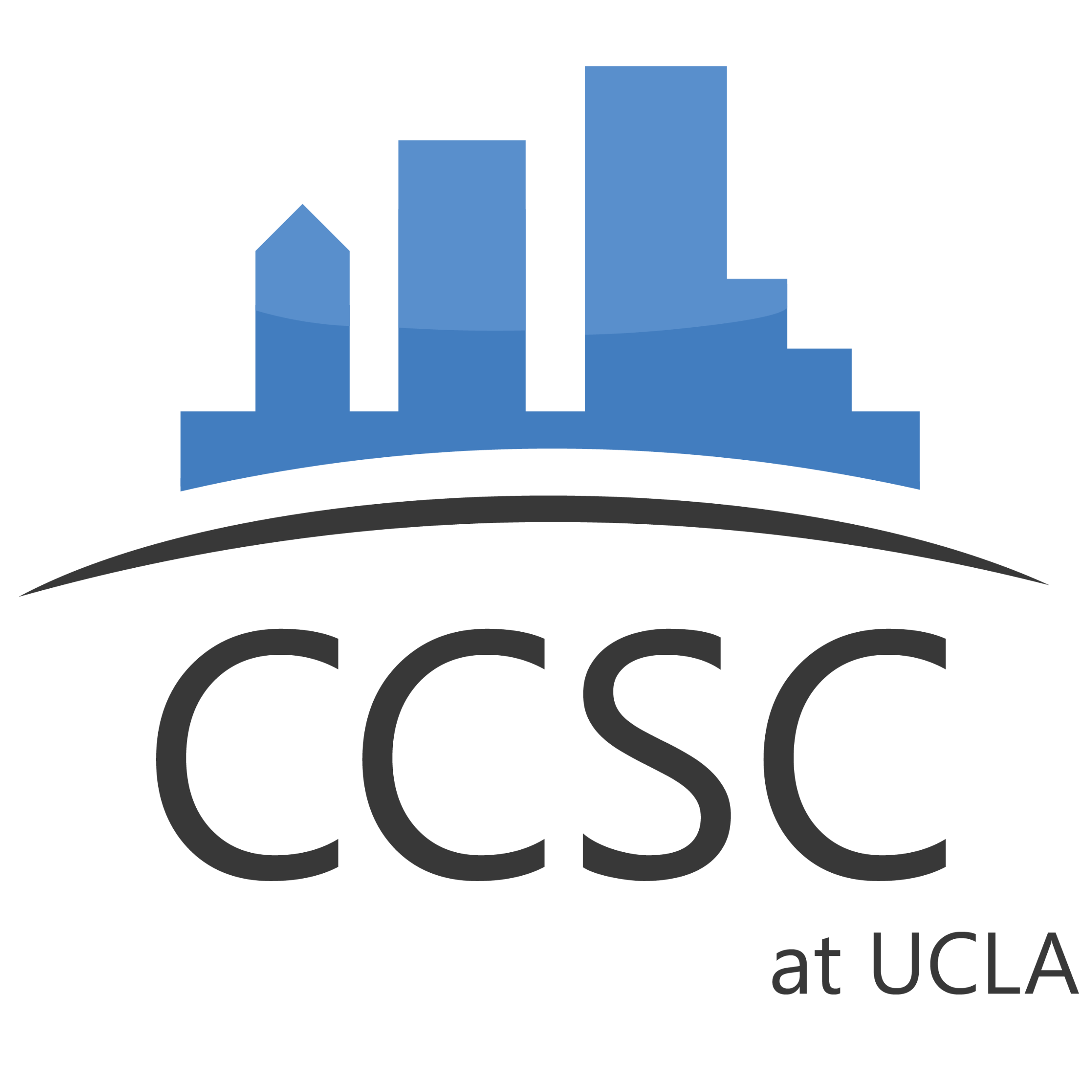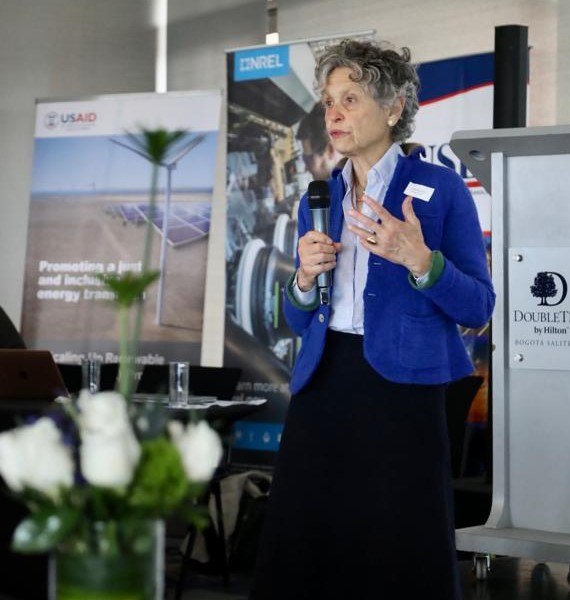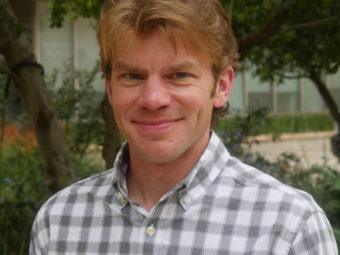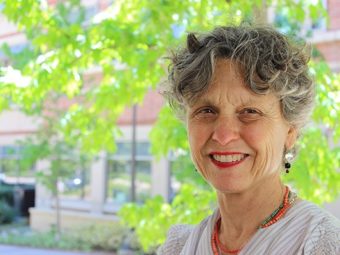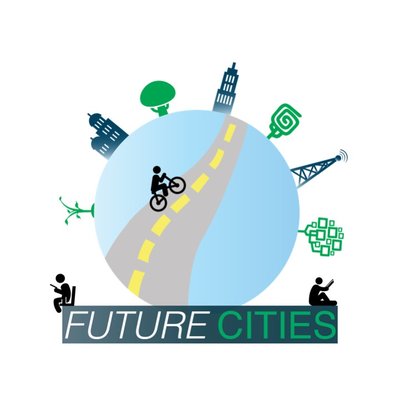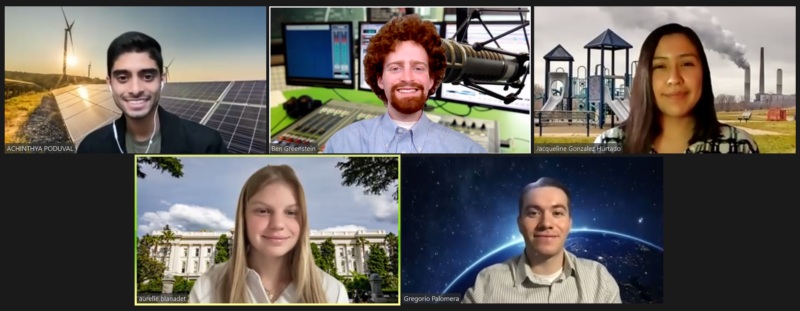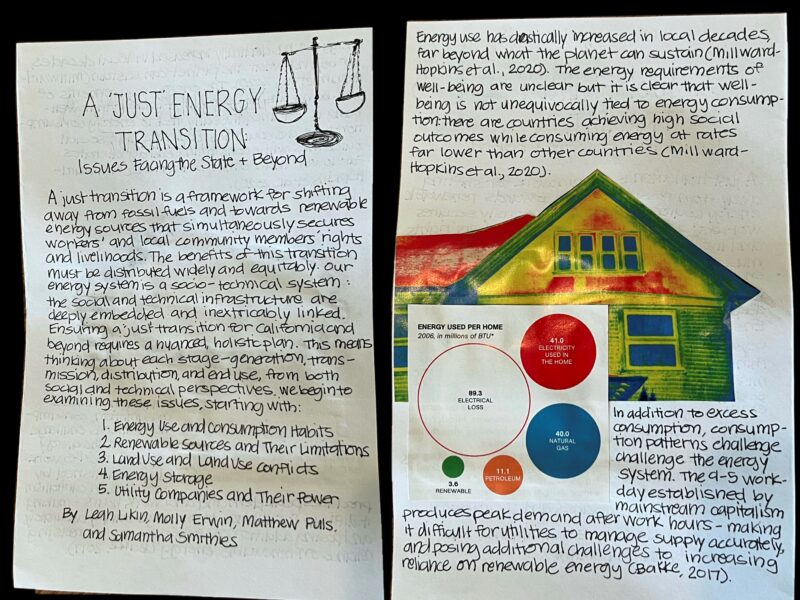Blog
Energy Communities Workshop in Colombia
Dr. Stephanie Pincetl, director of the CCSC, and Sebastián Solarte-Caicedo, Ph.D. student in the Institute of the Environment and Sustainability, participated in the Energy Communities Workshop Series, an event organized…

